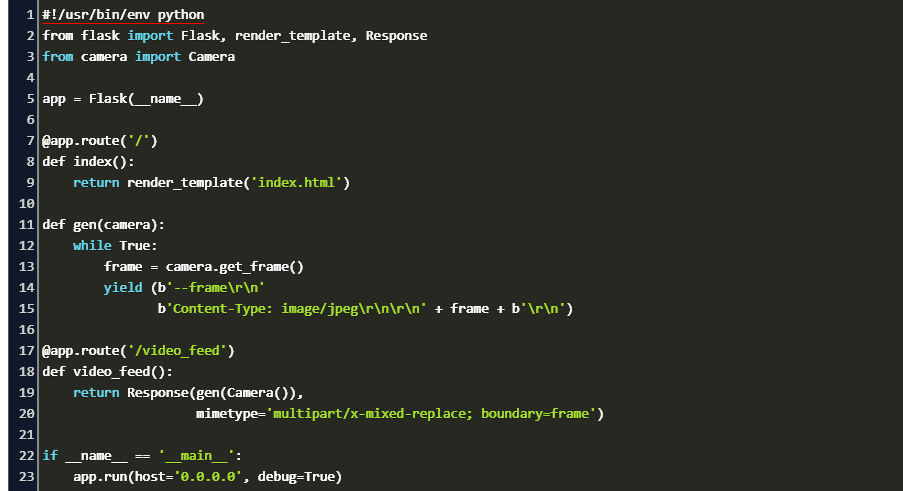

Thanks for reading! For more resources please access: This Dashboard is coming with pre-built examples, so the development process is seamless, switching from our pages to the real website is very easy to be done.

You will save a lot of time going from prototyping to full-functional code, because all elements are implemented. All components can take variations in color, that you can easily modify using SASS files.
Flask Dashboard Volt - Demo - LIVE deploymentĪrgon Dashboard is built with over 100 individual components, giving you the freedom of choosing and combining. 
Volt does not require jQuery as a dependency meaning that every library and script's are jQuery free.

#FLASK CHEAT SHEET EXAMPLE FREE#
Volt is a free and open source Bootstrap 5 Admin Dashboard featuring over 100 components, 11 example pages and 3 customized plugins. Open-Source Flask Dashboard coded with basic modules, database, ORM and deployment scripts on top of Volt Dashboard (free version), a modern Bootstrap dashboard design. The Flask codebase is provided with authentication, database, ORM, and deployment scripts.
Session-Based auth flow (login, register)įlask Dashboard generated by the AppSeed platform on top of Datta Able (free version), a modern Bootstrap 4 dashboard template. Open-Source Web App coded in Flask Framework - features: Let's see this theory applied to these open-source Flask samples: data = fullscreen mode Exit fullscreen mode This is used to print returned database items. Return f"" Printing returned content from the method This is used to create a database file from yourapplicationname import db render_template("file.html") FSADeprecationWarning app.config = True|False Creating Database file This is used to pass whole html file directly. This is used to know what request is made(get/post). data_to_send = ClassName(column_1=dataset1, column_2=dataset2, column_3=dataset3) This is used to delete data from the database. data_to_send = ClassName(column_1=dataset1, column_2=dataset2, column_3=dataset3)ĭb.mit() Delete data from the database This is used to send/add data to the database. data = _by().first() Send/add data to database This is used to get the first dataset from the list returned by the filter_by function. data = _by().all() Filtered data(.first()) This is used to get all the data from the database. class TableName(db.Model):Ĭolumn_1 = db.Column(db.Integer, primary_key=True)Ĭolumn_2 = db.Column(db.String(80), nullable=False)Ĭolumn_3 = db.Column(db.String(12), nullable=False) Get all data(.all()) db = SQLAlchemy(app)Ĭlass to get data from database and to send data to the database. app.config = 'sqlite:///test.db' Initialization app.run(port=80) SQLAlchemy from flask_sqlalchemy import SQLAlchemy Database URI This is used to automatically rerun the program when the file is saved. Route methodĪllowing get and post requests on an endpoint. This is to make different endpoints in our flask app. This is the basic template or barebone structure of Flask. These are some of the most used import functions from flask import Flask, render_template, redirect, url_for, request Boilerplate Importing Flask from flask import Flask Most used import functions








 0 kommentar(er)
0 kommentar(er)
